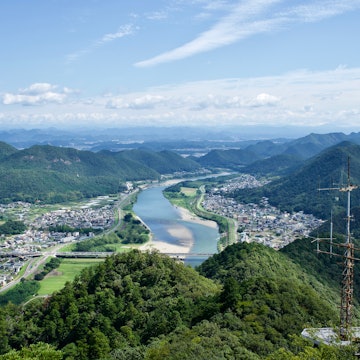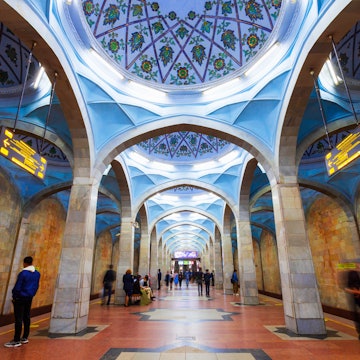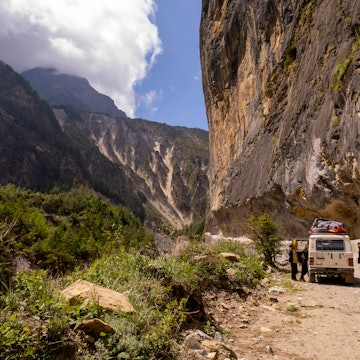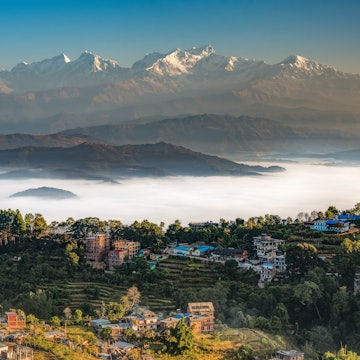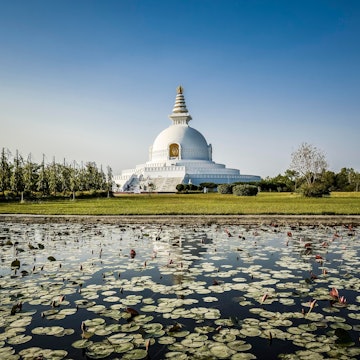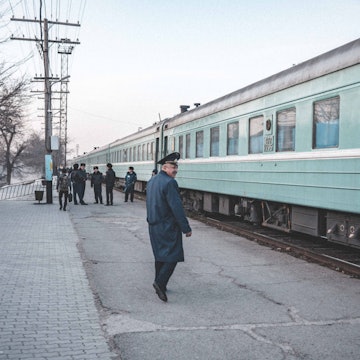

Pakistan is one of the world's great adventures, and getting a visa is getting easier © Ratnakorn Piyasirisorost / Getty Images
One of Asia’s most fascinating countries, Pakistan lies off the mainstream travel map, but those who do visit rave about its historic monuments, spectacular scenery, fabulous food and richly layered culture. Visiting throws up some challenges, but it’s getting easier all the time, helped by an improving security situation and easing visa regulations.
If you’re up for the adventure of seeing one of Asia’s true frontiers, away from the tourist crowds, here’s everything you need to know about getting a visa for Pakistan.
Who needs a visa for Pakistan?
Visitors from most countries need a visa to enter Pakistan, and the rules vary from nationality to nationality. The good news is that most of the application process is now handled online. Citizens of 192 nations can apply for a visa via the Ministry of Interior’s (sometimes temperamental) visa portal. To use the system, you’ll need to register using your passport number and email address.
Can I get a visa on arrival?
Citizens of more than 60 countries, including the US, UK, Canada, Australia, New Zealand and most EU countries, can obtain an electronic travel authorization (ETA) online. This allows you to travel to Pakistan and obtain a visa on arrival. The application process is straightforward, but the website can be glitchy, so apply in plenty of time – at least 72 hours before you travel, and ideally a few weeks ahead.
A special 30-day tourist visa is granted on arrival for some nationalities, including citizens of Turkey, Malaysia and the United Arab Emirates. The online visa system can also be used to apply for business visas and special visas for trekking and mountaineering groups.
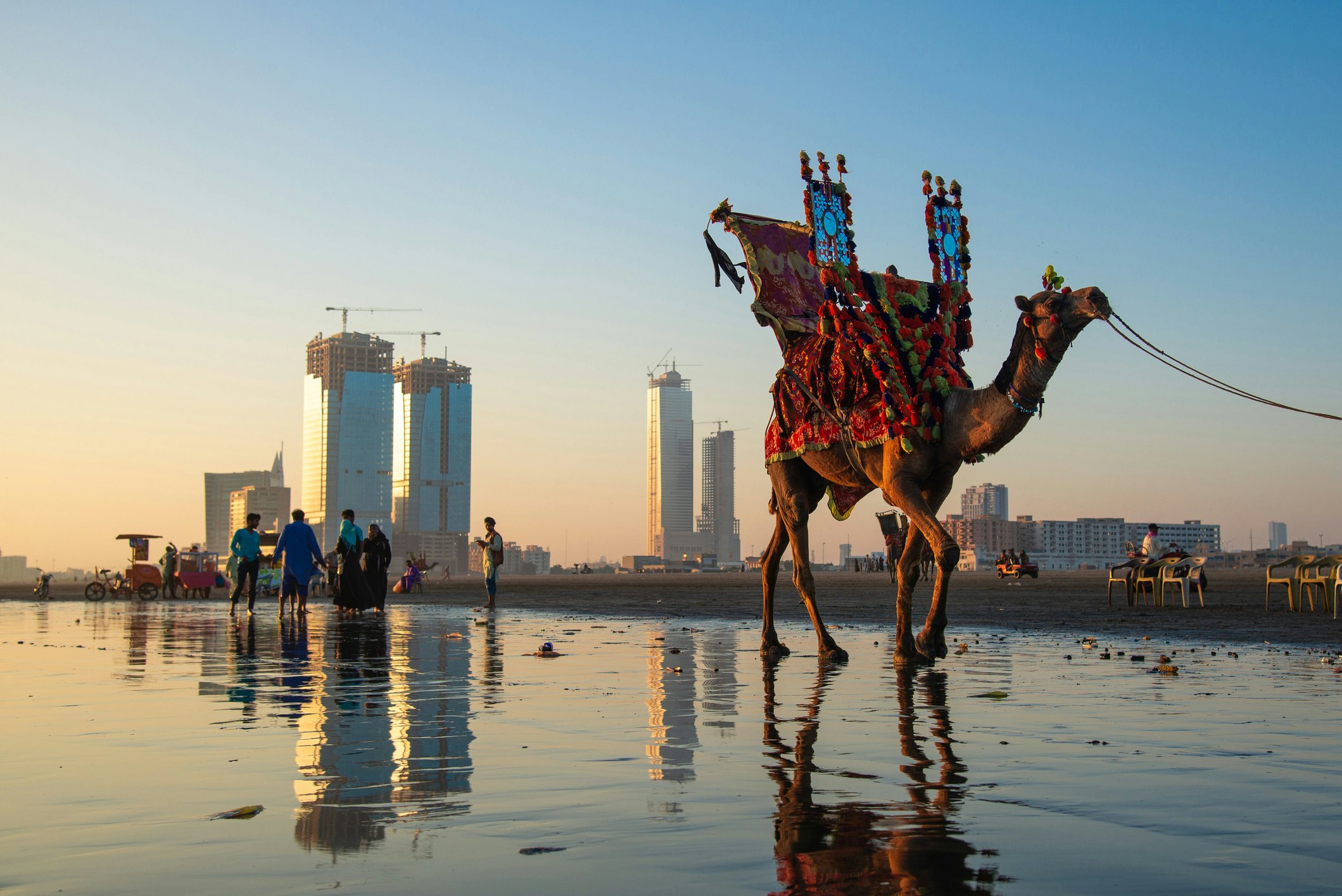
What are the rules for Indian travelers?
Owing to their shared colonial past, India and Pakistan have a complicated relationship. Indian citizens have to carry out extra steps to obtain a visa for Pakistan. Tourist visas are not available, but Indian citizens can apply for visas to visit family and friends, do business, and visit religious sites.
The Pakistan government visa portal does not work in India and visa applications are typically handled by Pakistani embassies and high commissions. If you are a non-resident Indian citizen, contact your local Pakistani diplomatic mission for advice. Note that Indian citizens can only arrive and leave Pakistan via certain designated airports and land border crossings.
What information do I need for the visa application?
When you apply for a visa, you’ll be asked about your travel history and travel plans and your marital status, education, financial status, and other personal details. You’ll also need to provide various details about your father and mother. Not all of the information requested is required; a PDF guide is available to help you work out which sections you need to fill in.
When you apply for your ETA, you’ll need to upload scans of your passport and a digital passport-style photo, and pay the visa fee using a bank card. You’ll also be asked to upload “supporting documents” – for independent travelers, proof of a hotel booking should suffice. If you’re joining a tour, you’ll need a letter of invitation from the agency arranging your trip. If you’re staying with friends or family, ask them to provide a letter of invitation.
Depending on your circumstances, there’s a chance you may be asked to attend an interview at the nearest Pakistan embassy or high commission (find details for Pakistan’s overseas missions online).

Where can I get a Visa on Arrival?
Visas are issued on arrival to travelers with valid ETAs at Pakistan’s main international airports, including Karachi, Lahore and Islamabad. The process is reasonably efficient – you’ll need to print the ETA confirmation email and carry the printout with you to show to border officials to get the necessary stamps.
Don’t rely on being able to enter Pakistan by land with an ETA (including via the Attari-Wagah border crossing between Amritsar and Lahore). If you plan to enter overland, contact your local Pakistani embassy or high commission for advice. Travelers cannot apply for an Indian visa in Pakistan; if you intend to cross back into India, make sure you have a valid multiple-entry visa for India when you enter Pakistan.
How long are visas valid for?
Three-month single-entry or multiple-entry tourist visas are fairly easy to obtain for most travelers, and longer visas valid for six months or one year are available for some nationalities. Your passport must be valid for six months beyond the date you apply, and the ETA is valid for 90 days from the date of issue, so you must travel to Pakistan within this period.
Visa fees vary depending on your nationality, the duration of the visa, and the number of entries. British and American citizens pay US$60/90 for a three-month tourist visa (single/multiple entry), while German citizens pay US$50/75 and French citizens pay US$35/52.50. Check the fee for your nationality using the online fee calculator.
Can I get a visa extension?
Theoretically, tourist visas can be extended for up to six months but approval isn’t guaranteed. The best time to apply is a few weeks before the end of your existing visa, via the Ministry of the Interior. If you are traveling with a Visa on Arrival, you may be able to apply for an extension via the government’s visa portal.
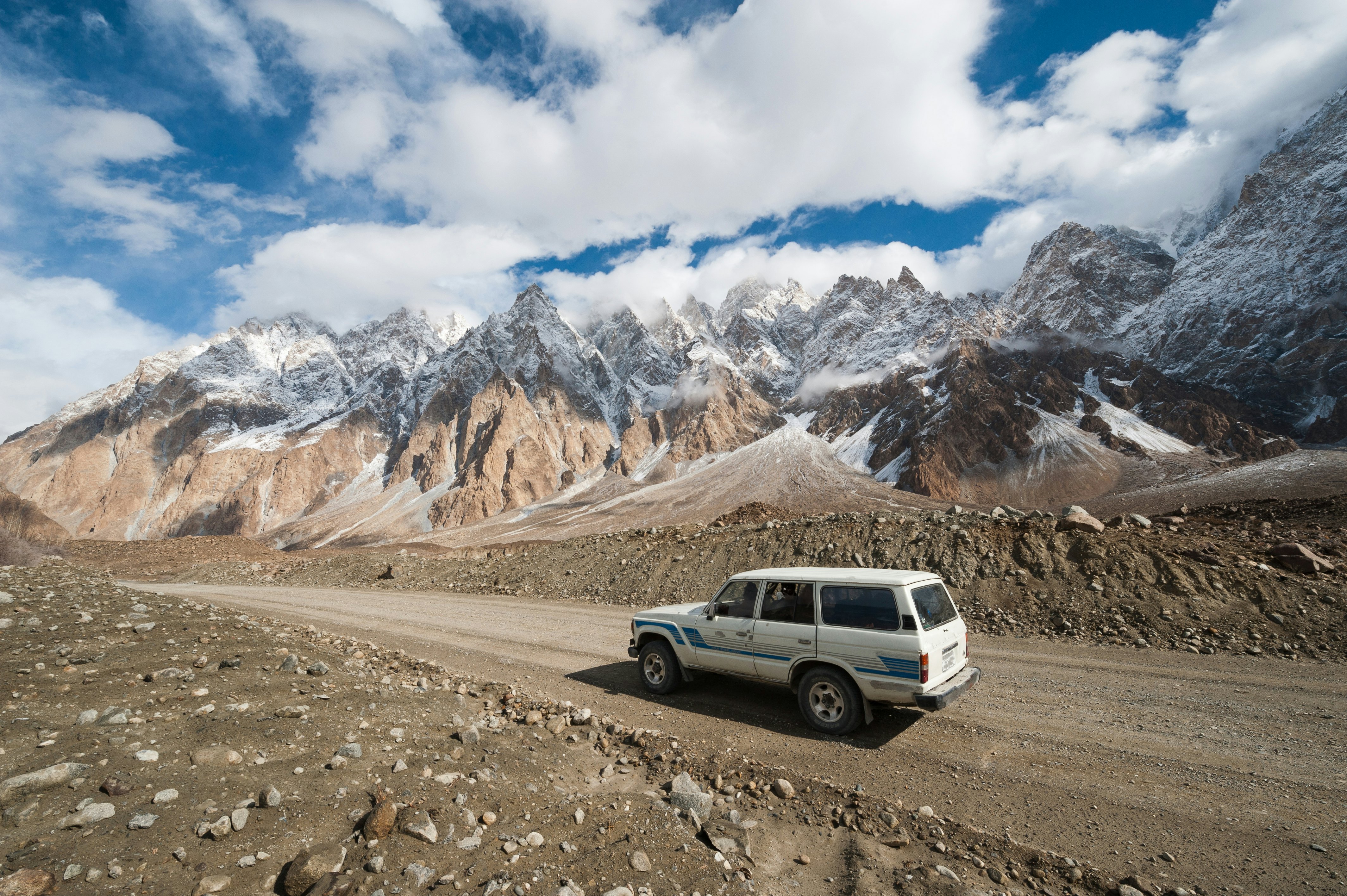
Off-limits areas of Pakistan
Even with a visa, some parts of Pakistan are inaccessible to travelers unless you have special permission from the government. This includes areas close to the borders with China and Afghanistan and districts close to the Line of Control – the de facto border between India and Pakistan in the disputed territory of Azad Kashmir.
The same rule used to cover many other parts of the country, but in 2019, the government of Imran Khan relaxed the requirement for official permission to visit areas such as the Swat Valley and Chitral. However, the rules are in constant flux, so check locally to see if permission is currently required.
To visit restricted areas of the country, you’ll need to obtain a No Objection Certificate from the Pakistan Ministry of Interior. Application forms can be downloaded online but it may be easier to arrange a trip through a local tour agency so they can help with the paperwork.
Don’t rely on being able to obtain permission to travel close to Pakistan’s borders. The government maintains a list of prohibited areas that are currently closed to certain nationalities (and hard to reach for other nationalities too).
Presenting your documents in Pakistan
Wherever you travel in Pakistan, you’ll need to show your passport and visa periodically at police checkposts, so make photocopies of each and keep these handy. You’ll also need to register with the local authorities to visit many areas, including Gilgit-Baltistan on the Karakoram Highway.
Travelers may also be required to take a police escort to visit certain locations, including parts of Sindh and southern Punjab. While having an armed entourage might sound alarming, this is usually done out of an overabundance of caution, rather than because there is a serious danger.
This said, it’s a good policy to monitor travel advisory notices from your home government for the current trouble spots. If your government warns against “all travel” to a specific location in Pakistan, your travel insurance will probably not be valid if you do visit.







